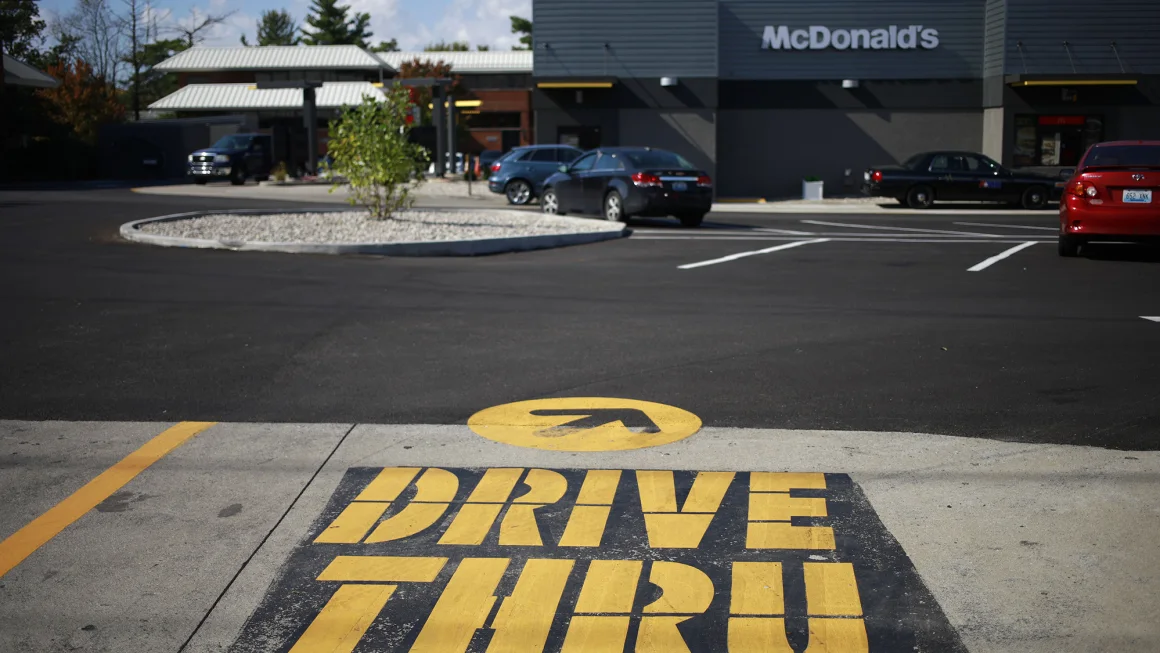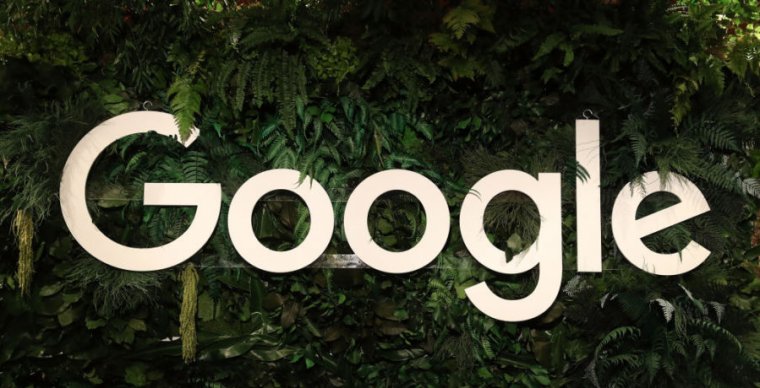Entrepreneur
McDonald’s Halts AI Drive-Thru Tech: What’s Next for Fast Food?

McDonald’s is pulling the plug on artificial intelligence ordering technology it was testing at more than 100 restaurant drive-thru systems in the US, a possible hiccup in the rapid rollout of AI in the fast food industry.
The company had worked with IBM to develop and test AI-driven, voice-automated ordering at some of its restaurants. The fast food giant says it’s still working on AI-related solutions at a time when its rivals are making similar investments.
It plans to shut off the technology in restaurants participating in the test “no later than July 26, 2024,” according to reporting from trade publication Restaurant Business.
“IBM remains a trusted partner and we will still utilise many of their products across our global System,” McDonald’s said in an email sent to franchisees. But the company suggested it will look at AI partners other than IBM.
McDonald’s and IBM launched their partnership in 2021, announcing the development of Automated Order Taking (AOT) technology to create a more convenient and simplified ordering experience for its customers and restaurant teams as a part of its “Accelerating the Arches” growth plan.
IBM said the AOT technology that emerged from the partnership has “some of the most comprehensive capabilities in the industry, fast and accurate” in demanding conditions.
“While McDonald’s is evaluating and refining its plans for AOT, we look forward to continuing to work with them on a variety of other projects,” IBM said in a statement.
McDonald’s says this is not the end of its AI efforts. It plans to “evaluate long-term, scalable solutions” forvoice-ordering by the end of 2024.

McDonald’s is not the only fast-food chain experimenting with AI. Other companies like White Castle tested out an automated drive-thru ordering system in 2021, and Wendy’s expanded its partnership with Google Cloud to roll out its own AI ordering tool in May last year.
Despite fast-food companies’ enthusiasm to integrate AI-powered solutions into their daily operations, the technology has still hit snags. Some customers have complained about AI getting their orders wrong — a result of the technology’s inability to recognize some accents and distinguish the customer’s voice from background noise.
Blog
Google’s Layoffs Amid Record Profits: A Glimpse into AI’s Impact on the Workforce

“Google Layoffs Amid Record Profits: AI’s Impact on the Workforce Explored
In a stunning turn of events, Google, the tech giant synonymous with innovation and growth, has announced another round of layoffs, sending shockwaves through the tech industry. Despite reporting record profits, the company has made the difficult decision to let go of thousands of employees, just one year after a significant layoff of 12,000 workers. This development has sparked concerns among workers who fear that artificial intelligence (AI) may be slowly replacing human labor. Let’s delve deeper into this complex situation and explore the implications for both Google and the broader workforce.
Google’s Record Profits:
Google’s financial success is undeniable. With its diverse portfolio of products and services, including the ubiquitous search engine, cloud computing solutions, and advertising platforms, the company has consistently generated substantial revenue. In recent years, Google’s profits have soared to unprecedented heights, reflecting its dominant position in the tech industry.
Despite economic turbulence and global challenges, Google has continued to thrive, capitalizing on the increasing reliance on digital technologies in various aspects of daily life. From remote work to e-commerce, Google’s offerings have played a pivotal role in facilitating connectivity and efficiency in a rapidly evolving world.
Layoffs Amid Prosperity:
However, the juxtaposition of Google’s record profits with its decision to lay off thousands of employees raises pertinent questions about corporate priorities and the impact of technological advancements on the workforce. While companies often resort to cost-cutting measures during periods of financial strain, the timing of these layoffs, amid unprecedented profitability, is particularly perplexing.
The announcement of layoffs has left many employees feeling uncertain about their future within the company. Moreover, it has reignited concerns about the potential displacement of human workers by AI-driven automation. As Google continues to invest in AI and machine learning technologies, some fear that their roles may become obsolete in the face of technological progress.
AI and the Future of Work:
The rise of AI has transformed various industries, enabling automation of repetitive tasks, predictive analytics, and enhanced decision-making capabilities. While AI offers numerous benefits, including increased efficiency and productivity, its adoption also presents challenges, particularly in terms of job displacement and skills obsolescence.
For Google employees and workers across different sectors, the specter of AI replacing traditional roles looms large. As algorithms become more sophisticated and capable of emulating human cognition, the need for certain types of manual and cognitive labor diminishes. This raises fundamental questions about the nature of work and the role of humans in an AI-driven world.
Addressing Concerns and Building Resilience:
In light of these developments, it is imperative for companies like Google to prioritize ethical considerations and human-centered approaches to AI deployment. While technological progress is inevitable, it should not come at the expense of human dignity and livelihoods. Companies must invest in upskilling and reskilling programs to equip workers with the skills needed to thrive in the digital economy.
Furthermore, policymakers play a crucial role in shaping the future of work, ensuring that AI adoption is accompanied by measures to mitigate job displacement and promote inclusive growth. By fostering collaboration between government, industry, and academia, we can harness the potential of AI to create meaningful opportunities for workers and drive sustainable development.
Conclusion:
Google’s decision to lay off thousands of employees amidst record profits underscores the complex interplay between technological innovation, corporate strategy, and workforce dynamics. As AI continues to reshape the landscape of work, it is essential to approach this transformation with empathy, foresight, and a commitment to shared prosperity. By embracing human-centric AI solutions and investing in the skills of the future, we can navigate this transition and build a more equitable and resilient society.
-

 Health Care2 years ago
Health Care2 years ago7 Surprising Ways to Lower Cholesterol Naturally – No Medication Needed
-

 Health Care2 years ago
Health Care2 years agoPink Eye(Conjunctivitis): What Is Commonly MISDIAGNOSED As PINK EYE?
-

 Celebrity2 years ago
Celebrity2 years agoRelationship Lessons from Jennifer Lopez and Ben Affleck
-

 Entertainment1 year ago
Entertainment1 year agoAustin Abrams Discusses ‘Wolfs,’ Future Projects, and ‘Euphoria’ Season 3
-

 Entertainment2 years ago
Entertainment2 years agoZendaya Opens Up About Racy Scenes and Family Reactions in New Film
-

 NEWS2 years ago
NEWS2 years agoIs Trump Going To Jail? Your Questions About Trump’s Trial Answered
-

 Entertainment2 years ago
Entertainment2 years agoZendaya and Tom Holland kiss at The London Challengers premiere.
-

 Entertainment2 years ago
Entertainment2 years agoChris Martin and Dakota Johnson reportedly got engaged years ago
















